[Opinion] Movable or Immovable | ITC Eligibility Dilemma
- Blog|News|GST & Customs|
- 2 Min Read
- By Taxmann
- |
- Last Updated on 29 December, 2024
Manoj Mishra & Shilpa Verma – [2024] 169 taxmann.com 583 (Article)
In the realm of indirect tax, recent landmark rulings by the Hon’ble Supreme Court(SC) have reignited the discussions around the classification of movable and immovable property and its impact on credit eligibility. Under the GST framework, the availment of input tax credit (ITC) on the construction of an immovable property is restricted, with a specific exception to plant and machinery. However, the absence of a statutory definition of ‘immovable property ‘has led taxpayers, authorities, and courts to rely on the definition provided under the Transfer of Property Act, which characterises it as ‘anything permanently attached or fastened to the earth.’
The SC has resolved a long-standing issue, i.e., eligibility of CENVAT credit for telecom towers and prefabricated buildings (PFBs), offering much-needed certainty in interpreting credit provisions within the sector. As a key pillar of the Indian economy, the telecom sector, with the second-largest subscriber base globally and a 6.5% contribution to GDP, has faced significant financial challenges due to the high capital and ongoing maintenance costs associated with these essential structures. The quantum of credit involved is substantial, further amplifying the importance of the resolution.
Origins of the dispute
Under the erstwhile CENVAT regime, telecom operators faced significant challenges in claiming credit for taxes paid on these structures, which are essential and indispensable for providing telecommunication services. The revenue authorities had consistently disallowed credit, arguing that telecom towers and shelters constitute passive immovable property, which falls outside the credit eligibility scope. Agreeing with the revenue’s arguments, the Bombay High Court had disallowed CENVAT credit, holding that mobile towers and other immovable components neither qualified as capital goods nor as inputs under the CENVAT rules.
On the contrary, telecom operators explained that these towers and shelters are integral to their operations, enabling them to provide uninterrupted telecommunication services. Therefore, they should be eligible for credit on the taxes paid on their construction and installation. The Delhi High Court, in a favourable ruling for the Telcos, allowed CENVAT Credit on towers and associated structures like prefabricated buildings, holding that such structures, being movable and integral for providing mobile communication services, fell under the ambit of capital goods as well as inputs.
The extensive litigation, complicated by conflicting decisions from Bombay and Delhi High Courts, finally set the stage for the SC interference to settle the issue.
Click Here To Read The Full Article
Disclaimer: The content/information published on the website is only for general information of the user and shall not be construed as legal advice. While the Taxmann has exercised reasonable efforts to ensure the veracity of information/content published, Taxmann shall be under no liability in any manner whatsoever for incorrect information, if any.
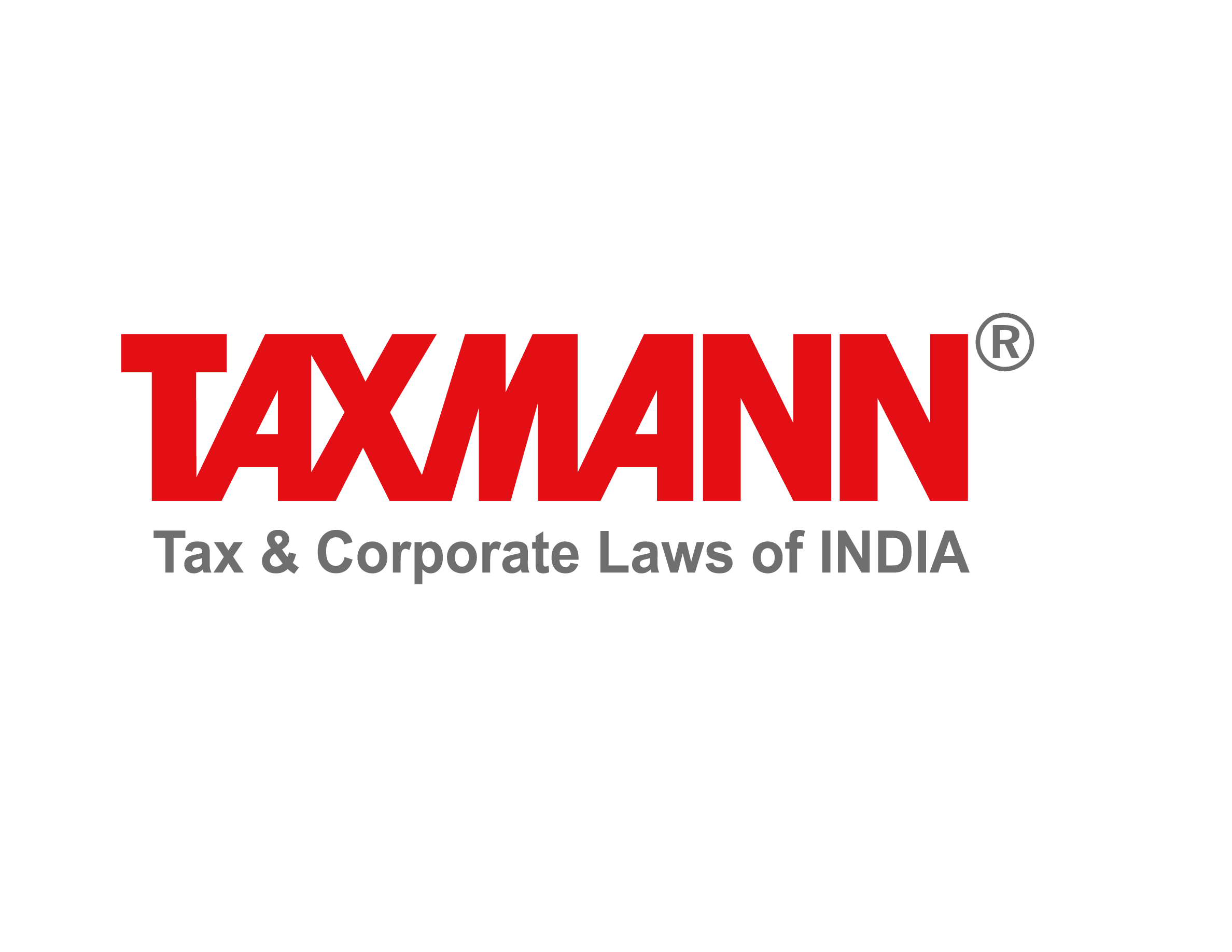
Taxmann Publications has a dedicated in-house Research & Editorial Team. This team consists of a team of Chartered Accountants, Company Secretaries, and Lawyers. This team works under the guidance and supervision of editor-in-chief Mr Rakesh Bhargava.
The Research and Editorial Team is responsible for developing reliable and accurate content for the readers. The team follows the six-sigma approach to achieve the benchmark of zero error in its publications and research platforms. The team ensures that the following publication guidelines are thoroughly followed while developing the content:
- The statutory material is obtained only from the authorized and reliable sources
- All the latest developments in the judicial and legislative fields are covered
- Prepare the analytical write-ups on current, controversial, and important issues to help the readers to understand the concept and its implications
- Every content published by Taxmann is complete, accurate and lucid
- All evidence-based statements are supported with proper reference to Section, Circular No., Notification No. or citations
- The golden rules of grammar, style and consistency are thoroughly followed
- Font and size that’s easy to read and remain consistent across all imprint and digital publications are applied
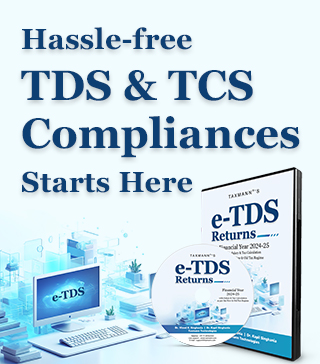

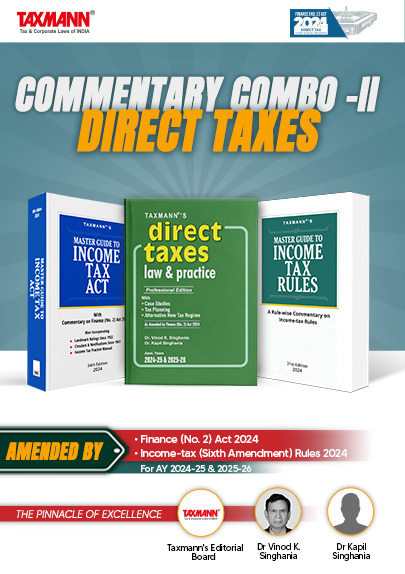
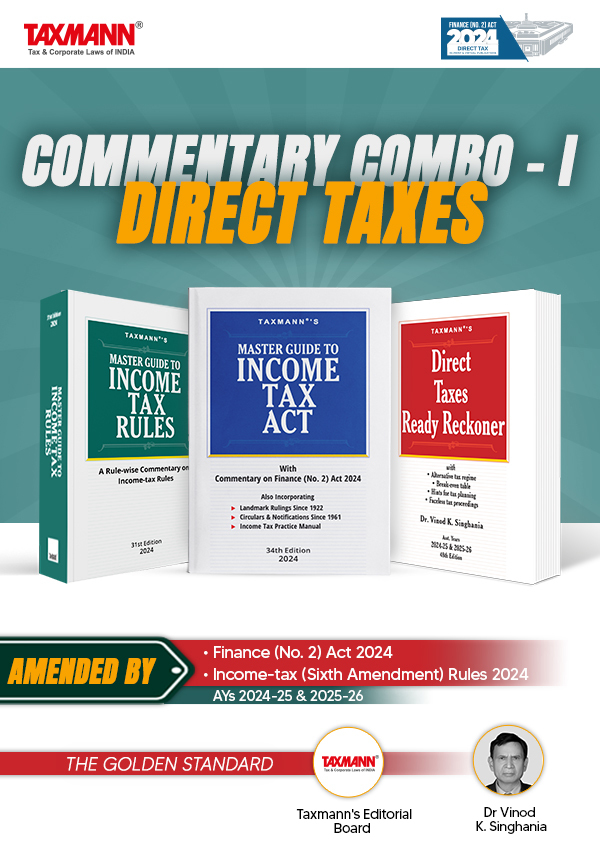
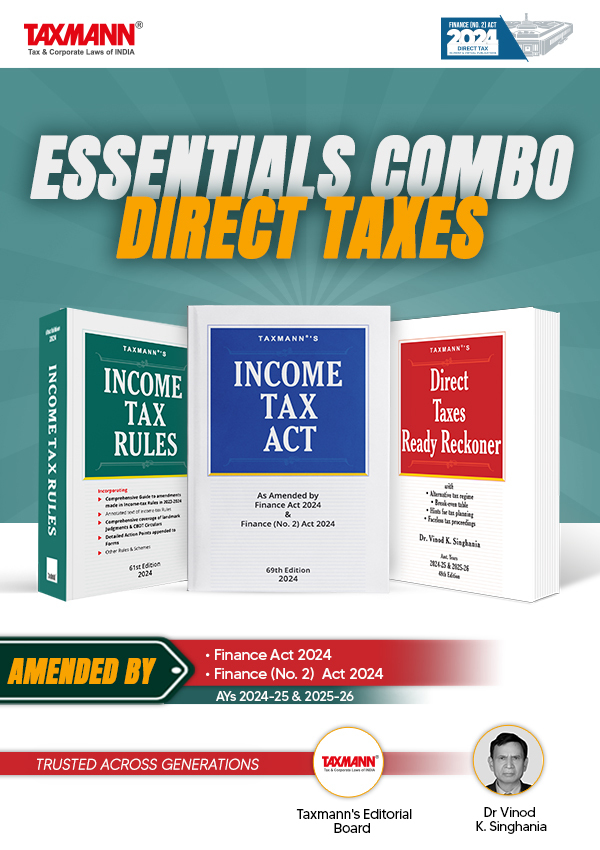
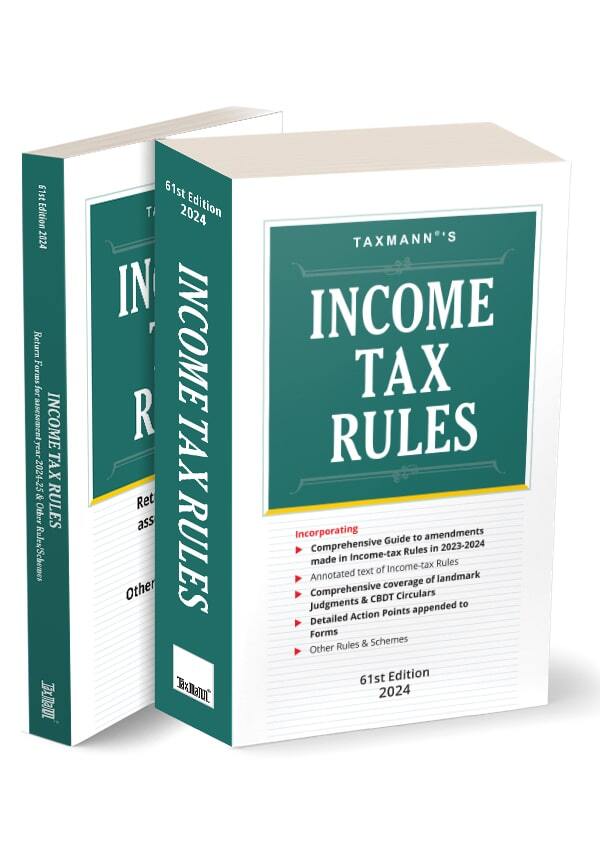


 CA | CS | CMA
CA | CS | CMA


